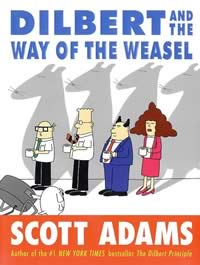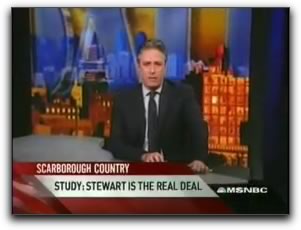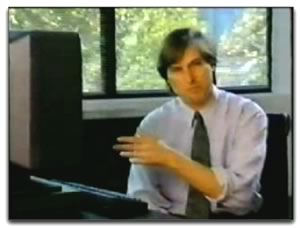 The Dow Jones website Marketwatch recently posted an article titled ‘Dilbert’ deserves the economics Nobel, which refers to a 9-point financial plan that appeared in Scott “Dilbert” Adams’ 2002 book Dilbert and the Way of the Weasel. It sounds pretty sensible and seems to be in line with what is considered to be sound advice.
The Dow Jones website Marketwatch recently posted an article titled ‘Dilbert’ deserves the economics Nobel, which refers to a 9-point financial plan that appeared in Scott “Dilbert” Adams’ 2002 book Dilbert and the Way of the Weasel. It sounds pretty sensible and seems to be in line with what is considered to be sound advice.
According to the article, Adams tried to have this nine-point plan published as a one-page book, but none of the publishers would bite. He then decided to include the plan in Way of the Weasel, and I’m reproducing it below:
- Make a will
- Pay off your credit cards
- Get term life insurance if you have a family to support
- Fund your 401k to the maximum
- Fund your IRA to the maximum
- Buy a house if you want to live in a house and can afford it
- Put six months worth of expenses in a money-market account
- Take whatever money is left over and invest 70% in a stock index fund and 30% in a bond fund through any discount broker and never touch it until retirement
- If any of this confuses you, or you have something special going on (retirement, college planning, tax issues), hire a fee-based financial planner, not one who charges a percentage of your portfolio
Points 1 through 5 seems to echo what a lot of financial planning books say. Canadian readers who’ve read David Chilton’s The Wealthy Barber will have a sense of deja vu (I believe that Canucks can compress points 4 and 5 to “Fund your RRSP to the maximum”). I might want to diversify my funds a little bit, but 10% of my income has automatically been routed to my RRSP for some time now.
(I’ve got to make a will soon. It’ll be pretty simple: The Ginger Ninja gets everything, save enough money to send a courier to leave a flaming bag of horse manure at the doorstop of my deadbeat ex-housemate.)
Point 6 is so simple it almost seems silly, but I suppose it had to be stated rather than implied.
I used to have a stash like the one suggested in point 7 — a habit I picked up during my days as a self-employed contractor — until my deadbeat ex-housemate effectively drained that resource. I just kept it in short-term guarateed investment certificates which I’d renew. I’m working on rebuilding the ol’ safety net and will have to see what the upsides and downsides to using a money-market account are.
Point 8: Interesting. Once again, I’ll have to do some research. Here’s what the article had to say about it:
Thanks to Adams’ formula, the average irrational investor can ignore Wall Street: “Everything else you may want to do with your money is a bad idea compared to what’s on my one-page summary. You want an annuity? It’s worse. You want a whole life insurance policy? It’s worse. You want to invest in individual stocks? It’s worse. You want a managed mutual fund instead of an index fund? It’s worse. I could go on, but you get the point.”
Check the bottom line: A portfolio with an asset allocation of 70% in Vanguard’s Total Stock Market Index and 30% in the Total Bond Market Fund is doing just fine, performing remarkably close to the S&P 500 index. Moreover, that simple two-fund portfolio is perfect for the vast majority of America’s 95 million investors who are passive much as Adam’s Dilbert character.
I’m going to have a chat with both my financial advisor and my father-in-law (I’ve learned more about real-world business just by talking with him than I did in my commerce courses at Crazy Go Nuts University) sometime soon.
I’m sure that I’ve got people who live, breathe and think finances the way I do with computers — any thoughts?








